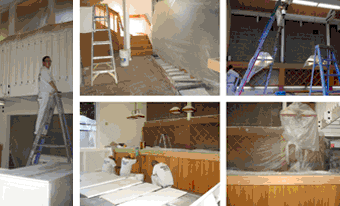
Dry Creek Vineyard President Don Wallace Selected for a 2011 Leadership in Sustainability Award
Saturday, November 5, 2011, at Mary Agatha Furth Center in Windsor, CA, Don Wallace, President of Dry Creek Vineyard, will be presented with a Leadership in Sustainability Award through…





